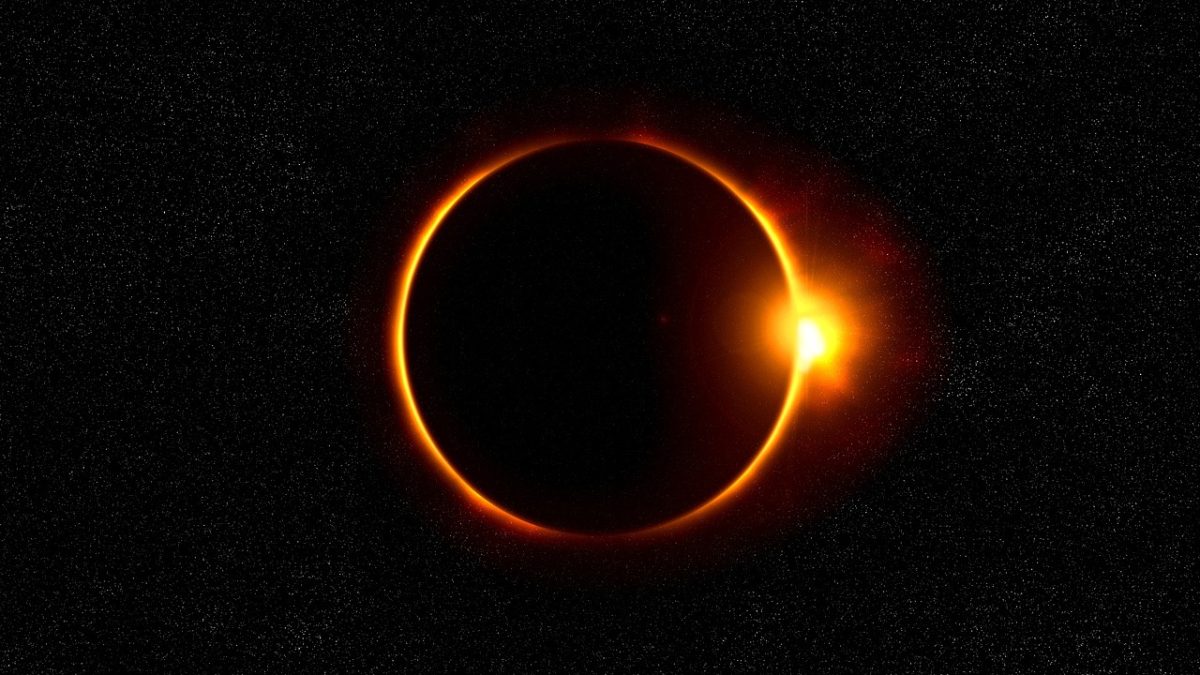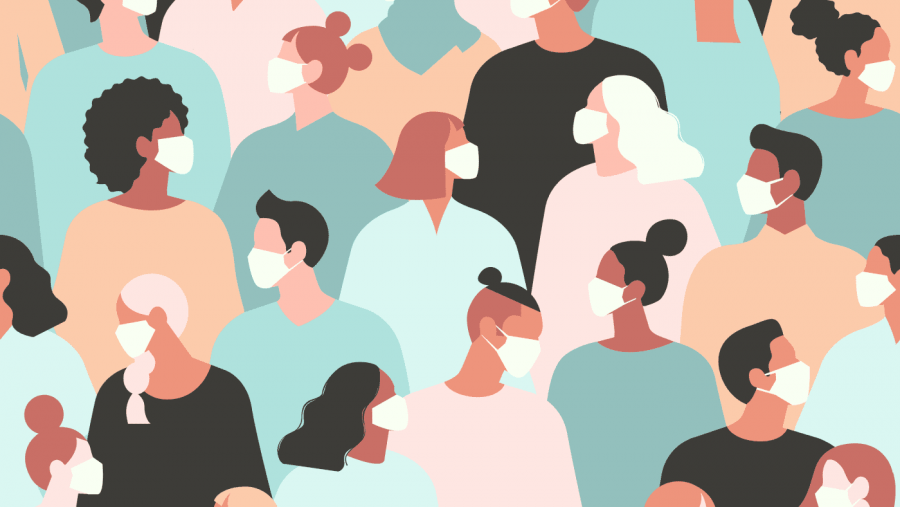MASH’s Mask Mandate
September 27, 2021
COVID-19 is the virus that has terrorized us since January of last year. With over 40 million reported cases, over 600,000 reported deaths, and thousands of people experiencing lasting effects of the virus, staying safe and taking precautions are more important than ever. With the new delta variant in the scene, COVID-19 cases are spiking around the globe. This is the reason for Pennsylvania’s school mask mandate.
Much of the public believes that wearing a mask should be a personal choice, claiming that it shouldn’t matter to anyone whether or not they choose to protect themself. This argument is flawed because the choice to not wear a mask has more effect on the people around them (unvaccinated or vaccinated) than they care to consider. According to the CDC, masks are “a simple barrier to prevent your respiratory droplets from reaching others.” Masks decrease the spray of respiratory droplets when worn properly, over the nose and mouth.
Some people mistakenly believe that they are immune to the virus, or can’t spread it if they have been vaccinated for COVID-19. This is simply not true. Vaccinated people can still contract and spread the virus, even if they aren’t sick or aren’t showing symptoms. This is why it is important that everyone wears a mask, even if they are vaccinated.
A handful of people also complain that masks restrict their ability to breathe, or force them to breathe in high amounts of carbon dioxide. These claims have also been proven false. Suzanne Sundbald, an LPN, or Licensed Practical Nurse, with Sanford Health (one of the largest health systems in the United States), used a finger pulse oximeter to measure the oxygen levels of people with and without masks on. When comparing the two, she found that there wasn’t much fluctuation in the numbers. Doctor Greg Schmidt, an intensive care specialist at the University of Iowa explains that carbon dioxide freely leaves your mask as you breathe because its particles, along with oxygen particles, are small enough to easily pass through the mask. Respiratory droplets, the main culprits of the spread of COVID-19, however, are much larger and get caught in the mask. When you don’t wear a mask you simply increase the risk of spreading the virus to those around you.
Lastly, this law protects the children of Pennsylvania most of all. Recently, the Pfizer vaccine has been approved for children ages five and up, but at this point in time, none of them are fully vaccinated. Because of this, the only real way to protect them is to require that they wear masks and social distance in classrooms. While most people in the Meadville Area Middle School and Meadville Area Senior High have had the option to be vaccinated, many students also have younger siblings at home that they can spread the virus to. For many children, COVID-19 is akin to a cold. However, according to the CDC, children who have trouble breathing or have other underlying health issues may experience more severe and long-lasting symptoms such as fatigue, headache, insomnia, absentmindedness, muscle and joint pain, and cough. I believe that wearing masks is the best way for us to protect ourselves and those around us, to stay in school and stay safe, and to get back to normal as soon as possible.
Sources
CDC. “COVID-19 and Your Health.” Centers for Disease Control and Prevention, 11 Feb. 2020, https://www.cdc.gov/coronavirus/2019-ncov/long-term-effects/index.html.
CDC. “COVID-19 ARCHIVED WEBPAGE.” Centers for Disease Control and Prevention, 11 Feb. 2020, https://www.cdc.gov/coronavirus/2019-nCoV/index.html.
CDC. “COVID Data Tracker Weekly Review.” Centers for Disease Control and Prevention, 17 Sept. 2021, https://www.cdc.gov/coronavirus/2019-ncov/covid-data/covidview/index.html.
CDC. “COVID-19 Vaccination.” Centers for Disease Control and Prevention, 1 Sept. 2021, https://www.cdc.gov/coronavirus/2019-ncov/vaccines/fully-vaccinated-guidance.html.
“COVID-19 (Coronavirus): Long-Term Effects.” Mayo Clinic, https://www.mayoclinic.org/diseases-conditions/coronavirus/in-depth/coronavirus-long-term-effects/art-20490351. Accessed 22 Sept. 2021.
“COVID-19 FAQs: Does Wearing a Mask Affect Your Breathing?” Sanford Health News, 20 July 2020, https://news.sanfordhealth.org/coronavirus-disease-2019-covid-19/breathing-with-face-mask/.
“Debunked Myths about Face Masks.” Mayo Clinic Health System, https://www.mayoclinichealthsystem.org/hometown-health/speaking-of-health/debunked-myths-about-face-masks. Accessed 22 Sept. 2021.
“Do Face Masks Make You Retain Carbon Dioxide?” University of Iowa Hospitals & Clinics, 14 July 2020, https://uihc.org/health-topics/do-face-masks-make-you-retain-carbon-dioxide.
Howard, Jeremy, et al. “An Evidence Review of Face Masks against COVID-19.” Proceedings of the National Academy of Sciences, vol. 118, no. 4, Jan. 2021. www.pnas.org, https://doi.org/10.1073/pnas.2014564118.


























